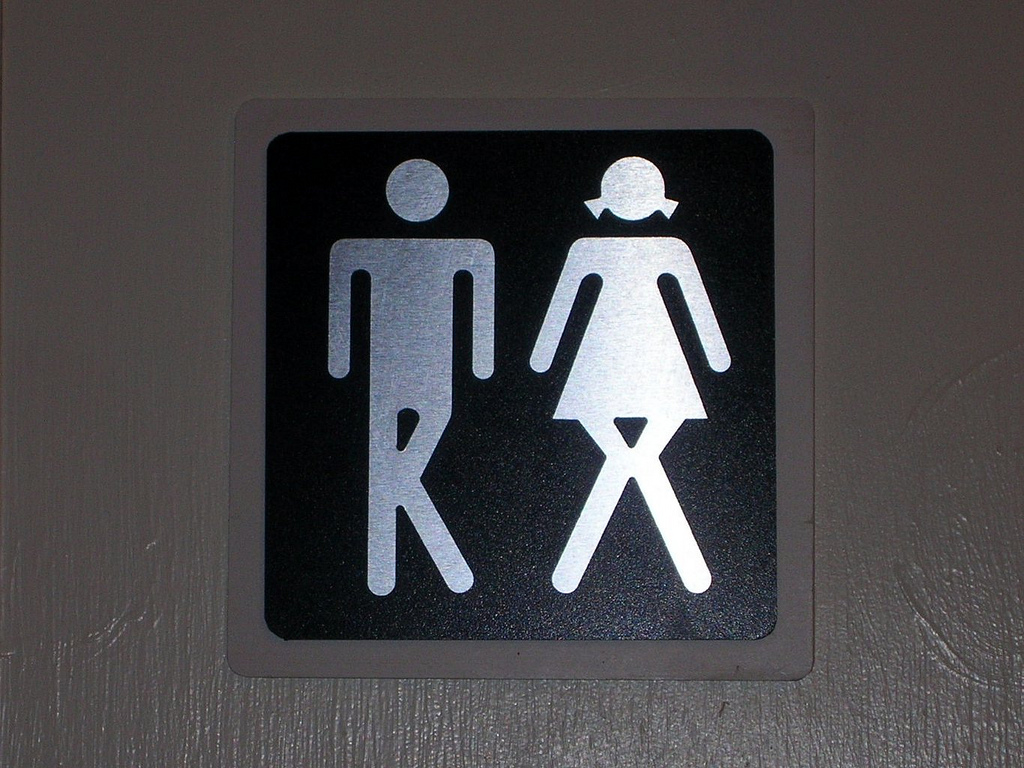Fifty years ago, the first east-west subway line opened in Toronto.
When the Bloor-Danforth line, or Line 2 as we now like to call it, first opened it doubled the city’s rapid transit system, which resulted in the largest cutback of Toronto’s streetcar network since the Yonge line opened in 1954.
And while we all love to bitch and moan about the constant delays and the line’s antiquated system, it’s come a long way since it first began operating.
So in honour of the Bloor-Danforth line’s 50th anniversary, here are 10 unique facts about the historic subway line.
[ad_bb1]
1. Pricey Project
Construction for the line first began in 1959 and it was one of the biggest public projects to be approved by the Metro Council. The entire line cost $160 million to build, which works out to be $1.06 billion in today’s dollars.
2. Growth of the Line
When the line first opened it extended only between Keele and Woodbine station, totalling 18 stops and running only 12.9km. But the line would later receive two major extension updates at both ends in 1968 and again in 1980. The line now runs 26km and has 31 stations along the line.

Photo: Spacing.ca/Matthew Blackett
3. There’s a Secret Station
You’ve probably heard that Paris has secret Catacombs and New York has mole people, but did you know that Toronto has a secret station that has been abandoned since the subway line first opened? Referred to as Lower Bay, this unused station has made appearances in music videos and Hollywood films, including Extreme Measures starring Gene Hackman and Hugh Grant and Don’t Say a Word starring Michael Douglas.
4. Ticket to Ride
One of the more notable changes of the TTC is what riders have to pay. When Line 2 first opened a single adult fare was only 20 cents, compared to $3.25 in 2016.

5. Daily Ridership
Before the Bloor-Danforth line opened, Toronto residents would use the Bloor streetcars, which carried roughly 9,000 passengers per hour. But once the subway line opened, the line’s ridership increased to 40,000 per hour each way. Today, on an average weekday roughly 519,180 residents will ride on the Bloor-Danforth line.
6. When You Gotta’ Go
Considering how many Torontonians take the TTC each day, it’s rather surprising that there are only four washrooms available for riders along the Bloor-Danforth line. So if you gotta’ go, maybe try going at home, or you’ll have to wait until Yonge Station (the others are at Kipling, Warden, and Kennedy).

7. TTC Chimes
We’re sure everyone has a love-hate relationship with the pesky TTC chimes. You either love how the sound reminds you that your stop has arrived or you hate the fact that you realize you still have at least 10 more stops to go. Regardless of how you feel, the first three notes from the Sesame Street theme song are actually made up by the TTC chimes.
8. Dress Code
When the line first opened, it attracted a high class clientele. Riders could be seen wearing their very best, with women wearing fur coats and expensive jewellery, while the men would ride in dapper suits and overcoats. It’s really too bad that today’s riders don’t have the same travel etiquette, as it can be quite awkward sitting next to someone who’s rockin’ an exposed midriff…that continually bumps into your forearm.

Photo: Reliefline.ca
9. Station Design
While it’s no secret that the Line 2 stations are lacking character, the original design was to keep them looking utilitarian, unlike the more uniquely decorated University line. This design consists of two colours for the tiles: one colour for the main wall tiles and another colour for the trim tiles near the ceiling of the stations.
10. Travel Time
When the line first opened, cross-city travel from Keele to the end of the line was cut in half— down to 23 minutes by subway compared to 49 minutes by streetcar. Today, travelling from Keele to the end of the Bloor-Danforth line takes roughly 39 minutes.
[ad_bb2]

